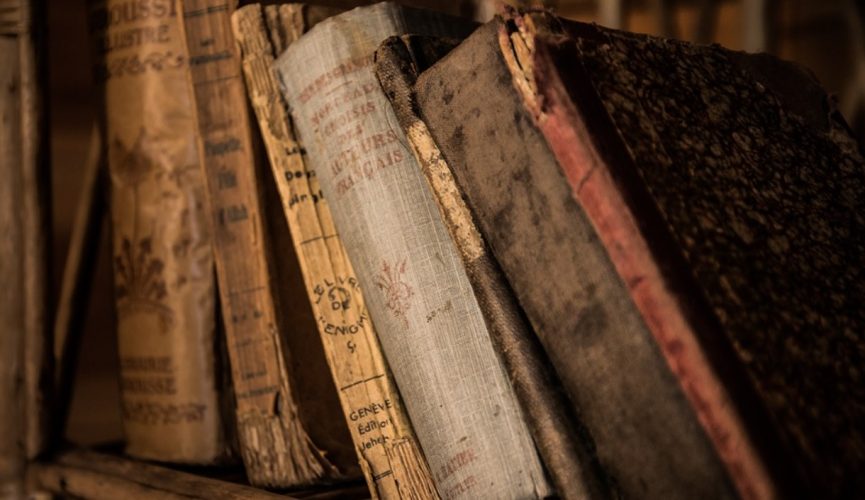Our blog is a library of thoughts, but we also have book libraries and have worked in public libraries around Canada. Especially with book collections that are old and moldering, it’s important to deal with a mold problem right away. The last thing you want is mold behind the walls to reach your shelves and ruin your books. So, with experience in our belts, the writers at c-umc.info would like to share their tips on what to do if you find mold growing in your library, with a focus on preventing damage to your books. This works for public libraries as well as private collections. So let’s get started.
It’s both true and unfortunate that most libraries are collected in older buildings, and older buildings are more prone to mold due to poorer insulation. Sometimes, the only thing separating your books from the cold and damp is a brick wall. If not for your heaters in the winter, that brick wall would not be enough to keep your books from moldering in the damp cold of winter.
Therefore, we think its prudent to perform a mold inspection in your library every year. Not just for the sake of your books, but for the health of your librarians and readers, or indeed if it’s a private collection for the sake of the owners and dwellers in the home. This is because indoor mold is very bad for your health. Your books will hate exposure to mold, caused by dampness and age, but your lungs will dislike it even more, given prolonged exposure to spores in the air.
Once I’ve seen someone add a moldy book to their vintage collection without getting it properly restored and defoxed by a book binder. It was very sad to see, over the course of just a few months, the mold in the book spreading to other books beside it on the shelf. Think of mold as an ant colony, spreading its colony abroad with tentacles. Because mold never sits still for long.
So now we got the basics explained, you might ask “What should you do when you find mold in your library?”
If the mold is only growing on your books due to lack of care, put them in plastic bags and take them to a professional book binder who knows how to restore them. But, alas, if you find mold growing behind the walls, in the attic or subfloor crawl spaces, and you want to prevent it from spreading to your precious books, all you need to do is simply what any homeowner would do if they found mold in their home–call a professional mold removal company to come in and remediate it.
One such event happened to a private book collector in Victoria BC, a close friend of mine who specializes in medieval manuscripts. He was so upset to find black mold growing behind his book shelves, and gravely feared that it would spread to his collection. He asked me what he should do, and I told him to take his books to a warm and dry place immediately and inspect them for mold. Then, I instructed him to get quotes from mold removal Victoria BC companies. He did just that, and it saved him. After taking all his books to a safe place, and finding that they were fine, the mold remediators came in and got rid of his black mold problem on the walls. They also told him it might be smart to waterproof his walls, for the building was old and air cracks in the walls were allowing moisture to come inside, which was the cause of his mold issue. He listened carefully and followed all given instructions. Now, his library is back to normal, with waterproofed walls and cranked heaters in the winter. His fear of the mold returning is nil, because he got the professional help he needed. Unless you have experience removing mold yourself, I’d suggest you do the same thing and hire professionals, lest you make a mistake and find the mold has spread to your books.
So there we have it. You now know what to do if you find mold growing in your library or book collection, or indeed in other parts of your home. It’s a serious matter to deal with right away, but thank goodness there are professionals out there who can help you.

